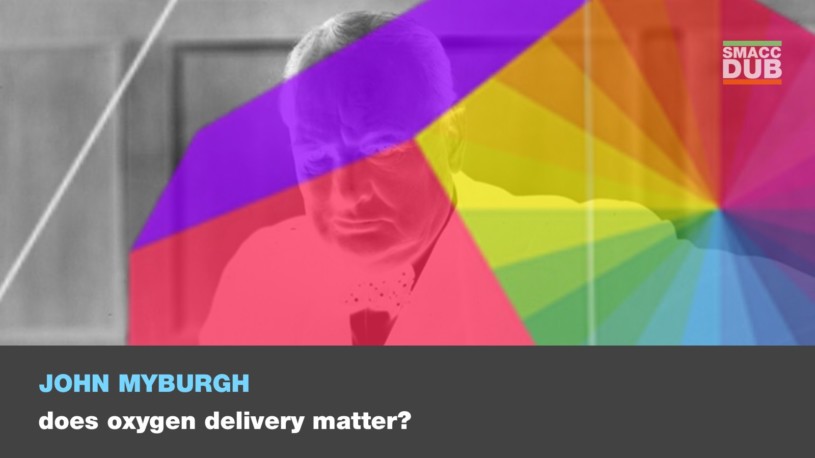Critical Care Haematology by Deirdre Murphy
Deirdre talks ‘bad blood’ – the complex world of critical care haematology.
Critically ill patients frequently have activation of inflammatory and clotting pathways. These are likely adaptive responses in the human.
When they run riot, or the fine balance between pro- and anti-inflammatory states is shifted, there can be significant morbidity and mortality.
Deirdre presents three patients to highlight these issues and what you can do about it. This acronym-busting talk will focus on some acquired haematological disorders in critically ill patients.
Platelets make up a tiny percentage of blood – just 0.01%. However, they have a crucial role to play. A low platelet count can be due to reduced production or increased destruction.
Disseminated Intravascular Coagulation (DIC) is a clinical and laboratory diagnosis that affects about 1% of hospitalised patients. At the most severe end it is associated with bleeding and/or thrombotic complications. Disorders such as thrombotic thrombocytopenia purpura (TTP) and other forms of micro-angiopathic haemolytic anaemia (MAHA) will also be described including the role of ADAMST13.
The knowledge of what is what, is critical, as it will dictate treatment. Heparin-Induced Thrombocytopaenia (HIT) is an uncommon but important condition which is difficult to diagnose in a critically ill patient. It is a heparin dependent pro-thrombotic disorder. There is no good test for HIT.
Have you always wondered about NETs (neutrophil extracellular traps) and their importance? If so this whistle-stop tour of non-malignant hematology in the ICU is for you!
Deirdre drives home the message that low platelets are common in the critically ill and the causes are multifactorial.
Finally, for more like this head to our podcast page. #CodaPodcast





